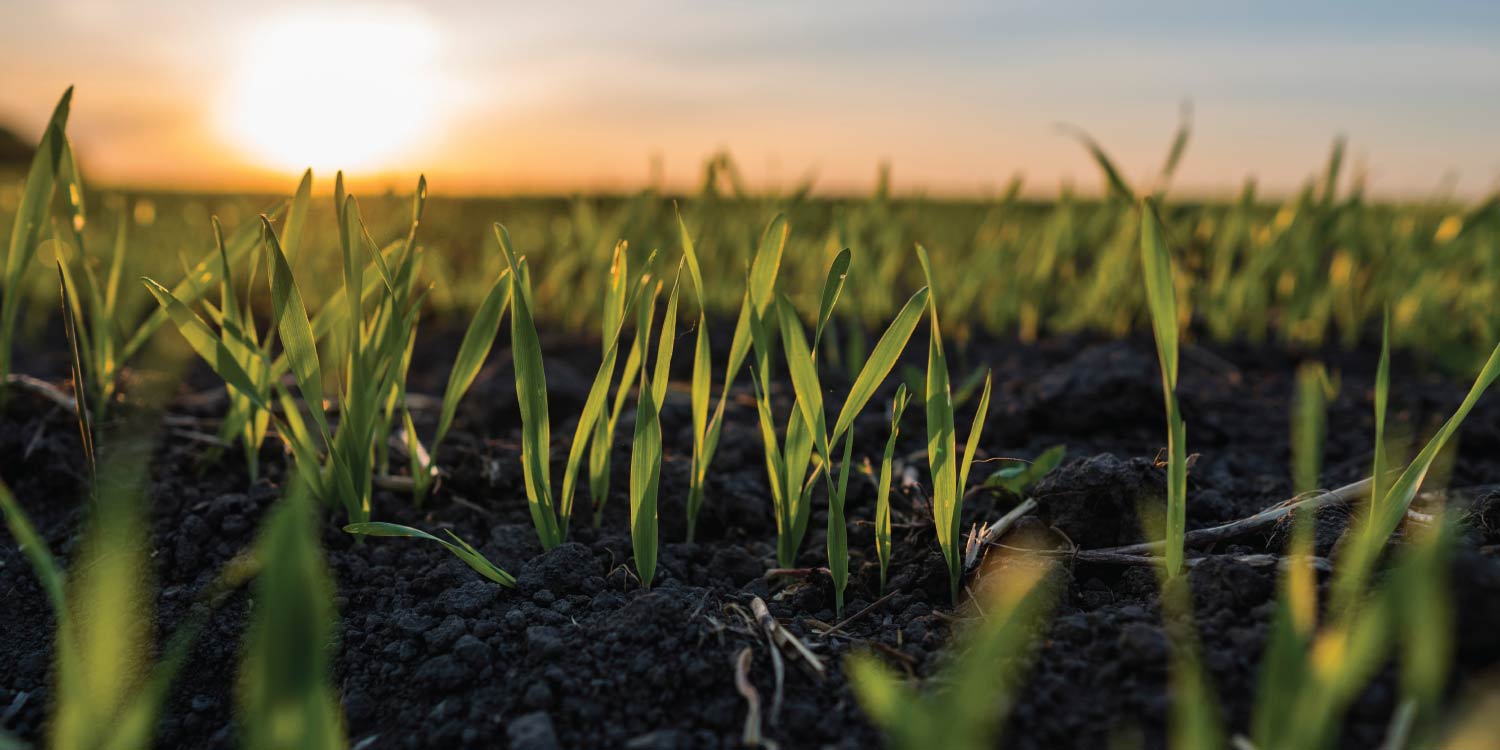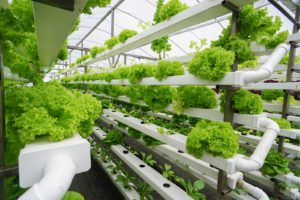Soil health is a state of a soil to meet its range of ecosystem functions as appropriate to its environment, as determined by combination of physical, chemical and biological properties. These soil health indicators evaluate how well the soil functions. With healthy soil, there is healthy food production.
Yield potential refers to the yield of a cultivar when grown in environments to which it’s adapted, with nutrients and water non-limiting and with pests, diseases, weeds, lodging and other stresses effectively controlled.
The factors that indicate the status of soil health; the organic carbon (OC), pH, cation exchange capacity (CEC), bulk density, electrical conductivity (EC), minerals, depth, porosity, water holding capacity, crop yield, texture, and nutritivity.
A healthy soil has sufficiency of all these indicators which directly depicts the state of soil productivity.
Soil health improvement methods
- Adoption of integrated ecosystem approach for the management of soil and land resources.
- Restoration of degraded lands
- Carbon sequestration
- Climate change adaption and mitigation
- Agrobiodiversity conservation
- Sustainable use and improved agricultural production
- Management of problematic soils and soil conservation
- Conservation agriculture
- Organic farming
- Zero tillage farming and agroforestry
- Crop rotation and Cover cropping,
- Reduced pesticides use to provide habitat for beneficial organisms.
A healthy soil should be slightly acidic (pH 6.0 – 6.8) since the nutrients required by plants are available in this range. Liming should be carried out when the soil is too acidic.
Parting shot on soil health
After checking out all these soil health indicators, it’s advisable to carry out soil testing to know exactly what nutrients (macro-nutrients and micro-nutrients) are insufficient in the soil and the level of soil acidity and alkalinity as well.
Also carry out plant analysis by examining the nature of plant growth and various symptoms occasioned on the major plant parts and take the necessary measures, steps and precautions.
High yield potential relates to healthy soil unlike low yield potential which relates to unhealthy soil. Hence, the need to improve and maintain soil health.






